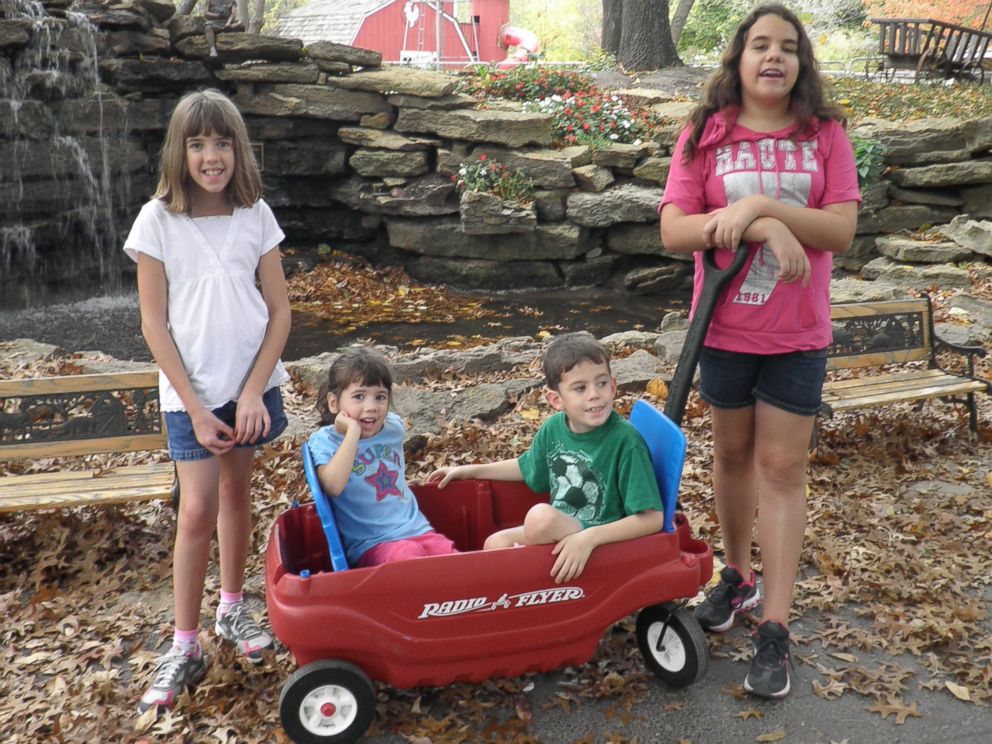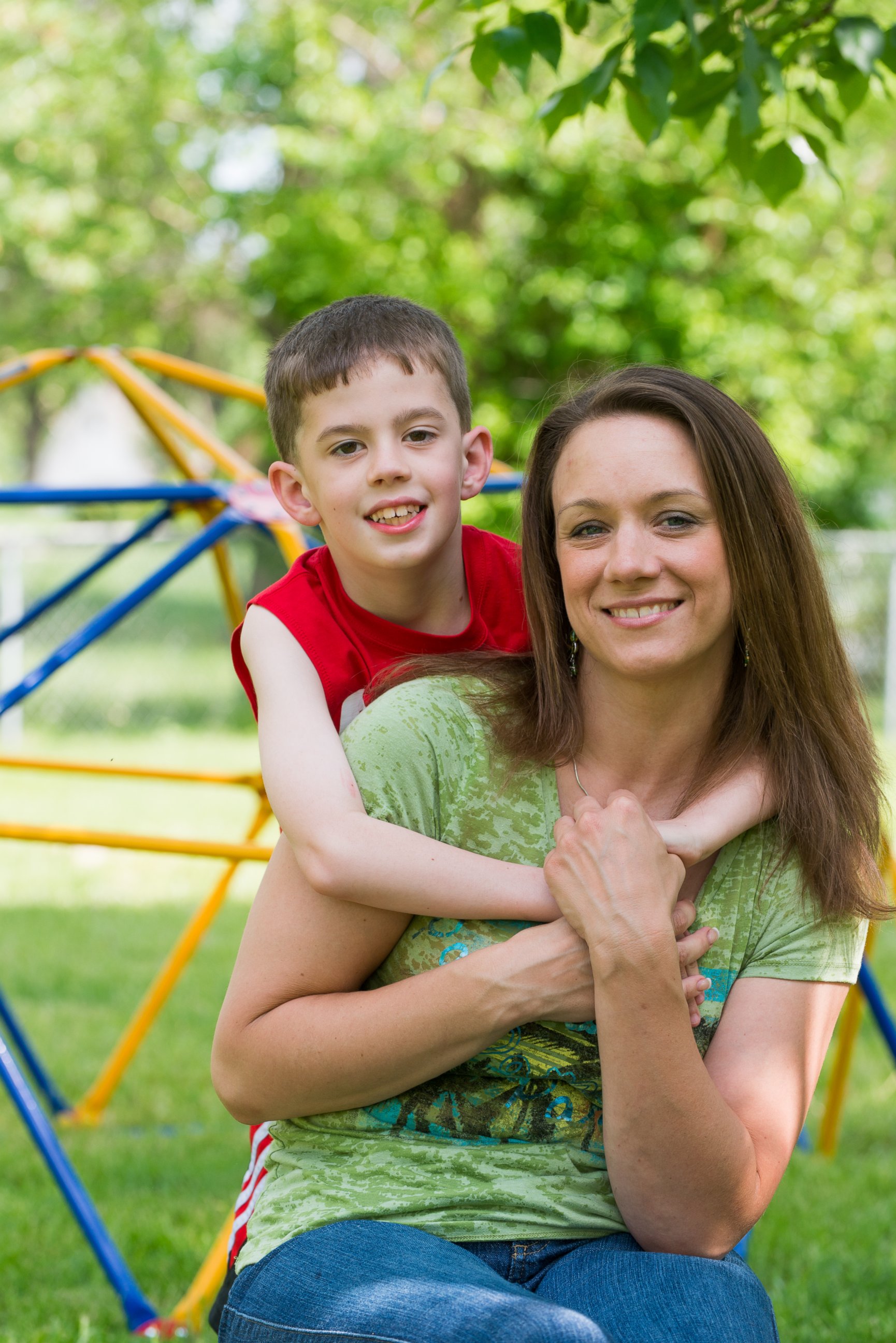Medical Mystery: What Made 3 Babies Weak Like Ragdolls?
Find out which genetic condition made 3 siblings "floppy" when born.
Feb. 27, 2014— -- It was clear from the moment Courtney Allred was born that she was different. She was floppy like a ragdoll, but doctors didn’t think she had a hereditary condition because her older sister, Sydney, was perfectly healthy.
But then the Allreds had two more children, Ryan and Carley, both of whom had the same muscle weakness called hypotonia. Ryan’s was more severe than Courtney’s, although Carley’s was the mildest of the three.
They were all smart -- even learning to talk early for their ages -– but it took longer for them to learn to sit up, walk and meet other physical milestones, said their mother, Sherri Allred.
But Allred, of Higginsville, Mo., couldn’t help but wonder whether the hypotonia hinted at internal problems she couldn’t see.
"You don’t want to think there’s anything wrong with them, but you can’t deny there’s nothing wrong forever," Allred said. "I finally said enough’s enough. ... It’s time I need to have some answers because what am I going to tell him when he wants to play football and he can’t?"
So she took Ryan to Children’s Mercy Hospital in Kansas City, Mo., where she met genetic counselor Andrea Atherton. Since hypotonia can be linked to more than 1,000 genetic conditions, she and her team had their work cut out for them, she said.

The fact that Courtney seemed to have the mystery condition, too, helped Atherton and her team rule out Duchene muscular dystrophy, which only affects boys, she said. But a typical work-up to find the cause of hypotonia could take years and involve painful muscle biopsies and other tests, Atherton said.
Fortunately, the hospital had just gotten some new technology that allowed specialists to decode Ryan’s genome. It was still in its early stages and took months, but it allowed experts to pinpoint the genetic mutation that caused the muscle weakness and determine what other manifestations the mutation might cause.
"They could have been on their medical diagnosis odyssey for many years to come if this test did not become available at that time," Atherton said.
They took Ryan’s blood in January, but Allred was in the dentist’s office when she finally got the call.
"They called and said, 'We found it. We know what it is. But it's not life threatening,'" she said.

The kids had nemaline myopathy, a rare genetic muscle disease that affects 1 in 50,000 people, Atherton said.
Although it is manifested differently in each of the Allred children -– only Courtney has respiratory issues that make her fatigued, for instance -- it does not affect cognitive function.
"The fluke chance that three of them of four getting it is like winning the lottery," Allred said. "Any one of them had only a 25 percent chance of getting it from us."
Courtney was already 9 years old when she was diagnosed.
"I didn’t want a name for it for a lot of years," she said. "I was afraid to put them in category and it would become an excuse because they have this. I didn’t acknowledge it for a long time."
Today, Courtney is 11. She plays the piano and the clarinet -– despite her ongoing respiratory problems -– and participates in community theater, Allred said.
Ryan, 9, "lives for video games and computers," while Carley just started kindergarten and is doing "fantastic," she said.
Allred has learned to know her children’s limitations, but also to treat them like "any other children would be treated."
“I think the best thing that’s come out of this for me is not being afraid of the diagnosis,” she said. "It’s there and ignoring it did not make it go away. By embracing it, I think they’re going to have a better life because of it."




